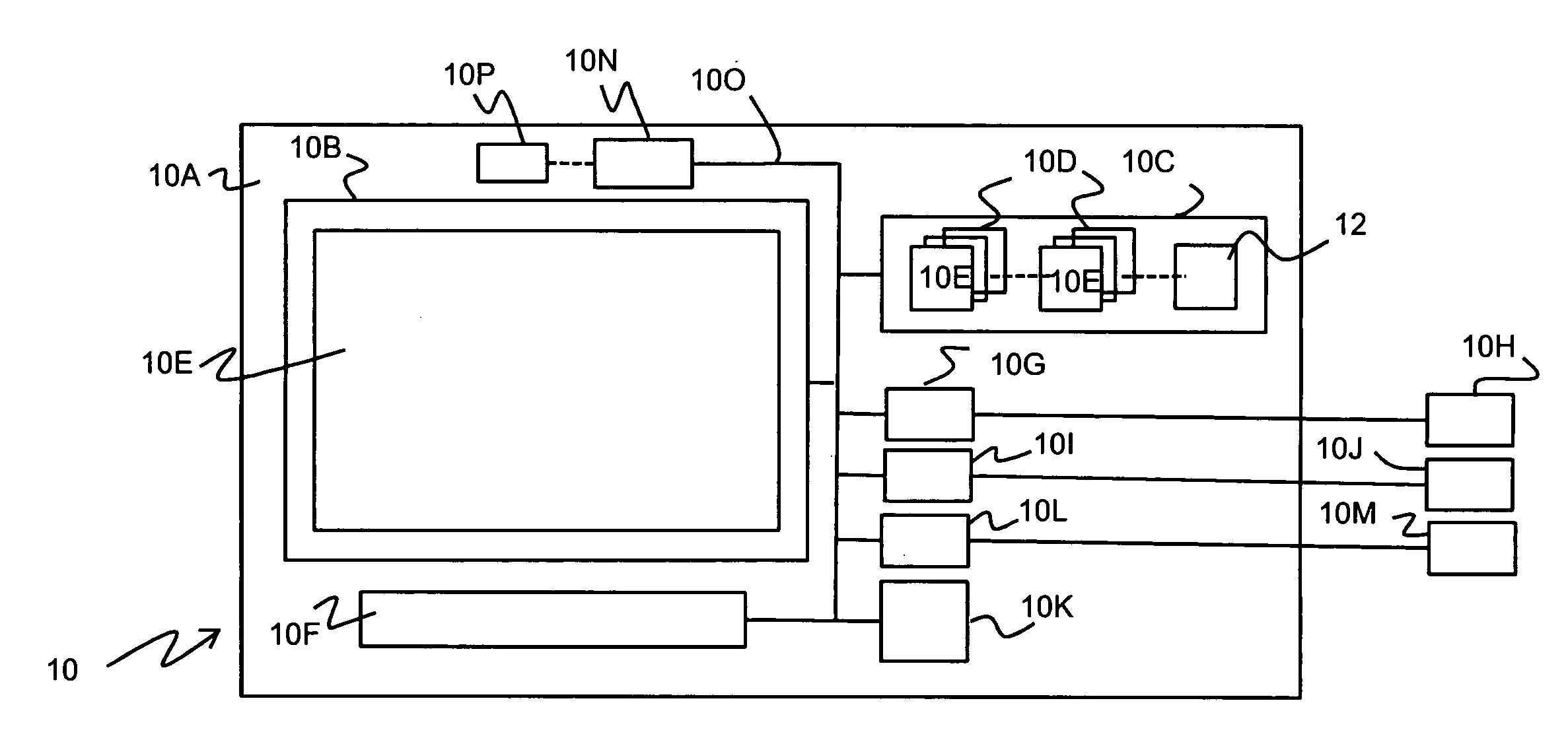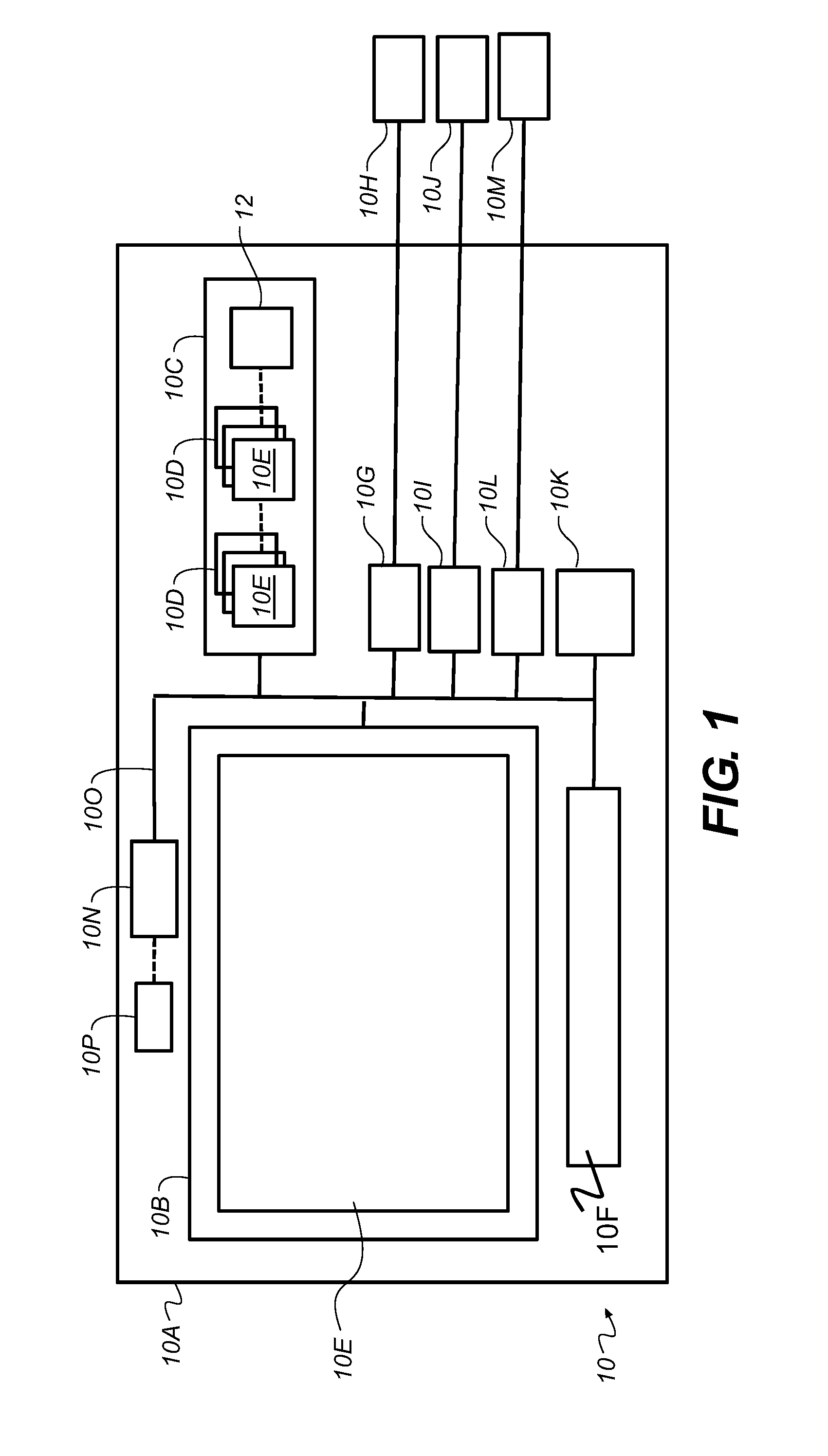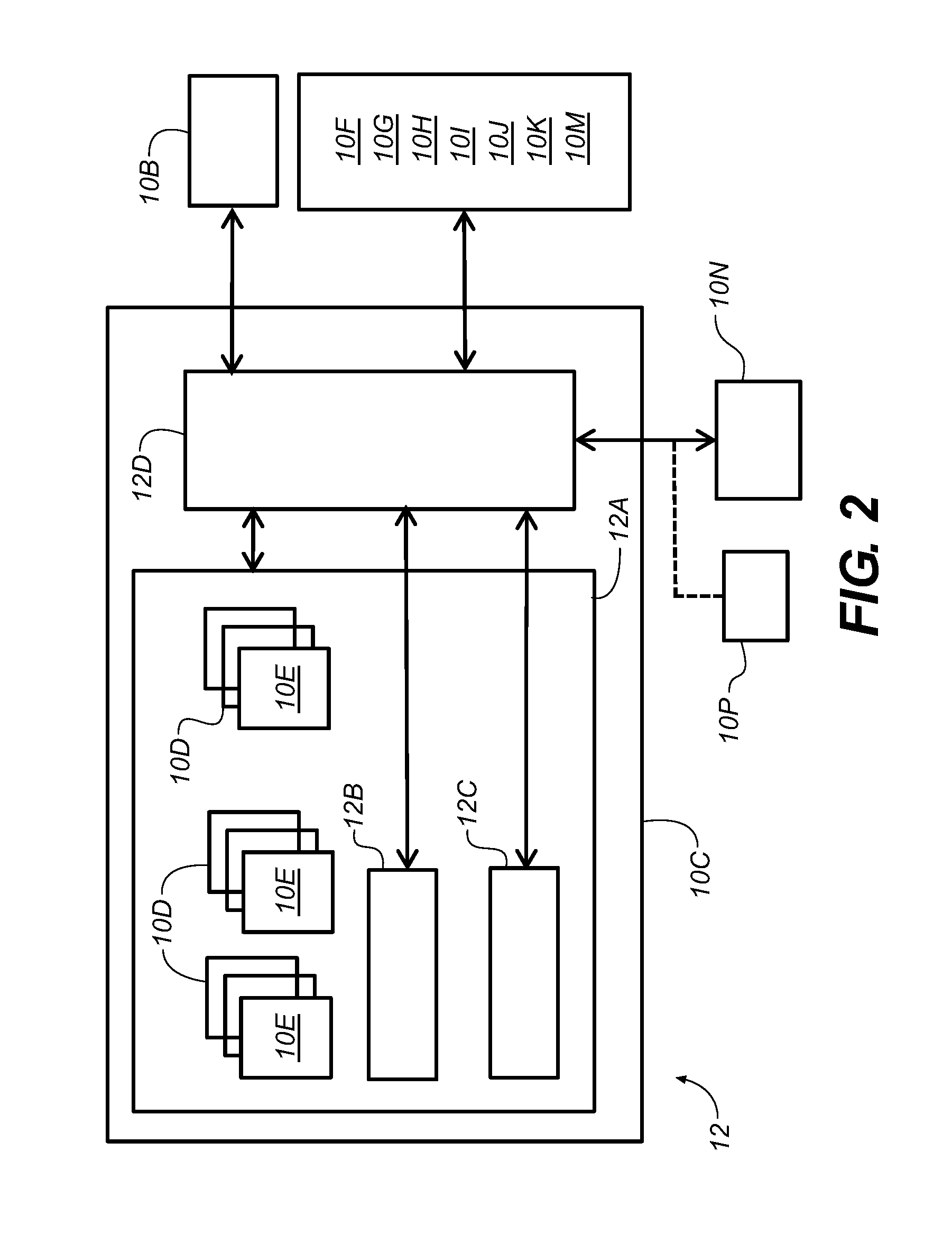Method and apparatus for image display control according to viewer factors and responses
a viewer factor and image technology, applied in the field of selection and display, can solve the problems of indexing, sorting, storing and selective display of desired images from potentially very large collections of still and sequential images, for example, photographs and video clips, and is and has been a common and long standing problem, and the method is slow, tedious and prone to errors, and must be repeated. , to achieve the effect of reducing the number of images in one or more collections, and reducing the number of images in
- Summary
- Abstract
- Description
- Claims
- Application Information
AI Technical Summary
Benefits of technology
Problems solved by technology
Method used
Image
Examples
Embodiment Construction
[0032]As described briefly above, the present invention is directed to a method and system for the adaptive selection and display of images and informational programs and, more specifically, for the selection and display of images, including both individual images and sequential images, such as video clips, in an image display system or device, such as an electronic frame, personal computer or computer / terminal connected to a service provider, flat panel display or display on the personal portable device including cell phone, or PDA, according to the detected presence and responses of an image viewer, including the viewer's emotional responses or the deduced intent or desires of the image or informational program viewer.
[0033]FIGS. 1 and 2 respectively show diagrammatic representation of an exemplary image display device 10 in which the present invention is implemented, an image display system 12 embodied in image display device 10 and an image display control mechanism 12C embodied...
PUM
 Login to View More
Login to View More Abstract
Description
Claims
Application Information
 Login to View More
Login to View More - R&D
- Intellectual Property
- Life Sciences
- Materials
- Tech Scout
- Unparalleled Data Quality
- Higher Quality Content
- 60% Fewer Hallucinations
Browse by: Latest US Patents, China's latest patents, Technical Efficacy Thesaurus, Application Domain, Technology Topic, Popular Technical Reports.
© 2025 PatSnap. All rights reserved.Legal|Privacy policy|Modern Slavery Act Transparency Statement|Sitemap|About US| Contact US: help@patsnap.com



